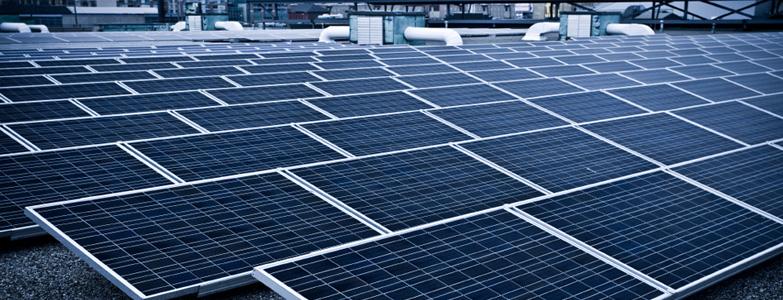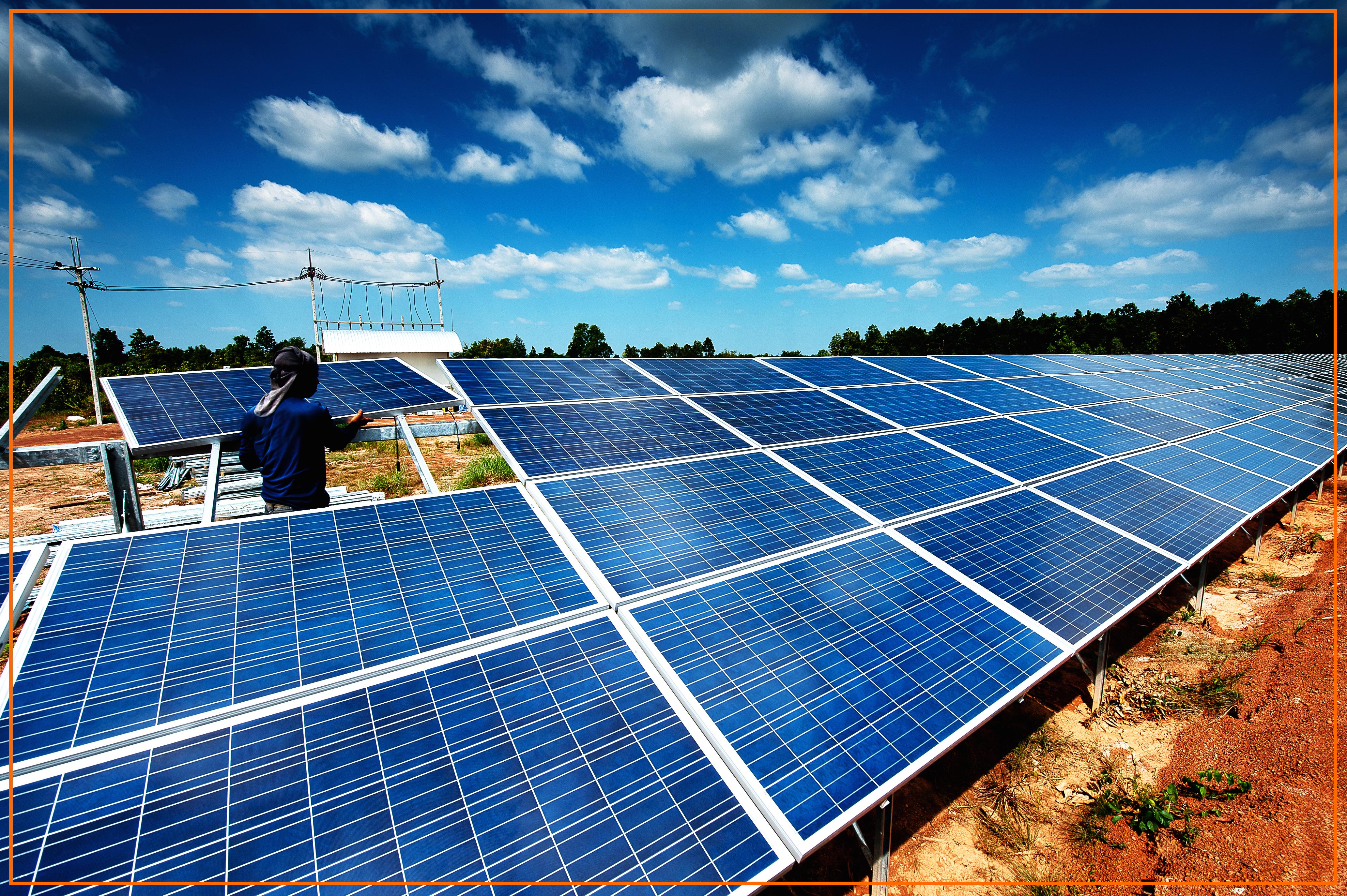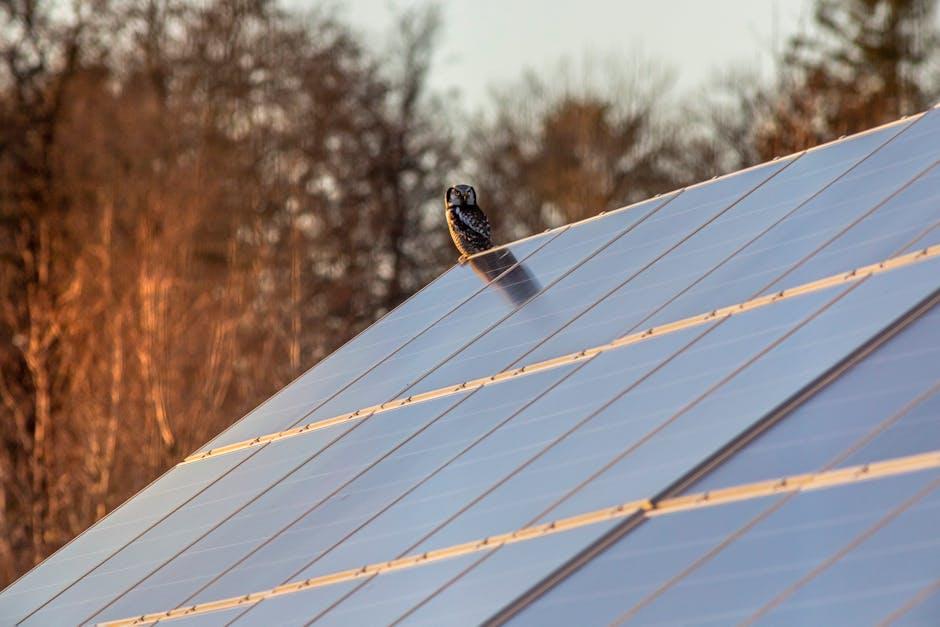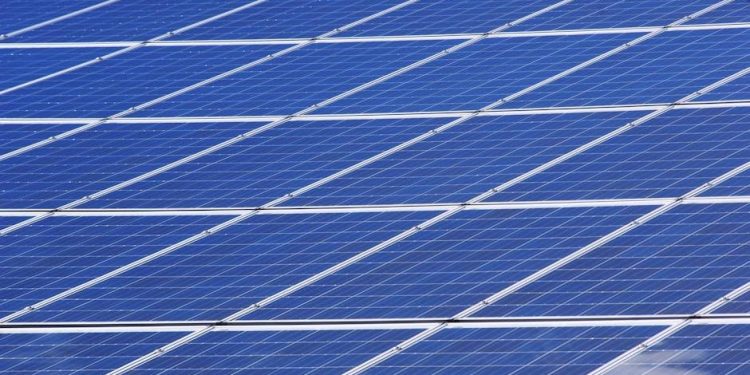In the ever-evolving landscape of renewable energy, solar panels stand as a beacon of hope and innovation. Yet, as the sun generously showers its rays upon us, potential adopters of this technology find themselves at a crossroads, pondering the financial implications of their choices. The quest for harnessing solar power is not just a journey toward sustainability but also a strategic financial decision. This article embarks on an illuminating exploration of the cost dynamics associated with various types of solar panels. By shedding light on the economic intricacies of monocrystalline, polycrystalline, and thin-film solar panels, we aim to equip you with the knowledge to make informed decisions in your pursuit of solar efficiency. As we delve into this cost comparison, prepare to uncover the subtle nuances that define each type, transforming sunlight into a viable and economically sound energy source.
Understanding the Price Spectrum: Exploring Different Types of Solar Panels
In the diverse landscape of solar technology, understanding the cost dynamics of various solar panel types is crucial for making an informed investment. Monocrystalline solar panels, often recognized for their sleek black appearance and high efficiency, tend to sit on the higher end of the price spectrum. Their cost is justified by their ability to deliver superior energy output, particularly in limited space settings. On the other hand, polycrystalline panels, with their distinctive blue hue, offer a more budget-friendly option. While slightly less efficient, they are an attractive choice for homeowners with ample roof space, seeking a balance between performance and affordability.
- Monocrystalline Panels: Higher efficiency, premium pricing.
- Polycrystalline Panels: Cost-effective, slightly less efficient.
- Thin-Film Panels: Lightweight, versatile, and generally the least expensive, though often requiring more space.
thin-film solar panels present a versatile option with their lightweight and flexible design. They are typically the least expensive, making them an ideal choice for unconventional installations or large-scale projects where space is not a constraint. By evaluating these options, potential solar adopters can tailor their choices to meet both budgetary constraints and energy goals, ensuring a smart investment in renewable energy.

Breaking Down the Costs: Analyzing Efficiency and Longevity
When diving into the world of solar panels, understanding the cost implications of different types is crucial for both budget-conscious homeowners and environmentally-driven businesses. Each type of solar panel—monocrystalline, polycrystalline, and thin-film—comes with its own set of financial considerations. Monocrystalline panels, known for their high efficiency and sleek appearance, typically carry a higher upfront cost. However, their efficiency often translates to greater energy savings over time, potentially offsetting the initial investment.
In contrast, polycrystalline panels offer a more budget-friendly option. While slightly less efficient than their monocrystalline counterparts, they are a popular choice for those looking to balance cost with performance. On the other end of the spectrum, thin-film panels provide flexibility and lower upfront costs, making them an attractive option for large-scale installations where space is not a constraint. Consider the following factors when evaluating the cost efficiency and longevity of each type:
- Initial Cost: Varies significantly by type and brand.
- Efficiency Rate: Impacts long-term energy savings.
- Durability: Longevity affects replacement frequency.
- Space Requirements: Different panels have varying space needs.

Smart Investment Choices: Balancing Initial Costs and Long-term Savings
When evaluating the financial implications of adopting solar technology, it’s crucial to consider the initial expenditure against potential savings. Each type of solar panel comes with its own set of advantages and cost considerations. Here’s a brief comparison to guide your investment:
- Monocrystalline Panels: Known for their high efficiency and sleek appearance, these panels typically come with a higher upfront cost. However, their durability and efficiency can translate into significant long-term savings, making them a popular choice for those with sufficient budget.
- Polycrystalline Panels: Generally more affordable than their monocrystalline counterparts, polycrystalline panels offer a decent efficiency rate. They are an excellent option for homeowners looking to strike a balance between cost and performance without breaking the bank.
- Thin-Film Panels: Offering flexibility and a lower initial cost, thin-film panels are ideal for unconventional installations. While they may have lower efficiency rates, their lightweight nature can lead to reduced installation costs, potentially offsetting the lower energy output over time.
By weighing these factors, you can tailor your solar investment to align with both your budgetary constraints and long-term energy goals. Each choice offers distinct benefits, and the right decision hinges on your unique circumstances and priorities.

Expert Recommendations: Selecting the Best Solar Panel for Your Needs
When it comes to choosing solar panels, understanding the cost differences among various types is crucial. Each type offers unique benefits that might align with your specific needs and budget. Here’s a breakdown to help you make an informed decision:
- Monocrystalline Panels: Known for their high efficiency and sleek design, these panels are often more expensive. They are ideal for those with limited roof space and willing to invest for long-term savings.
- Polycrystalline Panels: A more budget-friendly option, these panels are slightly less efficient but still a popular choice for residential installations. They provide a balance between cost and performance.
- Thin-Film Panels: Offering flexibility and lightweight properties, thin-film panels are generally the least expensive. They are perfect for unconventional installations but may require more space to match the output of crystalline panels.
Pro Tip: Consider the long-term savings on your energy bills and potential incentives or rebates available in your area when evaluating the cost of solar panels. This holistic approach ensures that your investment aligns with your financial and environmental goals.
In Summary
As we draw the curtains on our exploration of the , it’s clear that the landscape of solar energy is as dynamic as it is promising. Whether it’s the traditional monocrystalline panels offering efficiency and sleek design, the budget-friendly polycrystalline panels, or the versatile thin-film options, each type brings its own set of advantages and considerations. The ultimate choice rests on balancing your energy needs, budget, and environmental aspirations. As solar technology continues to advance, driving down costs and enhancing performance, the horizon is bright for both the planet and your wallet. Embrace the power of the sun, and let it illuminate your path to a sustainable future.

































